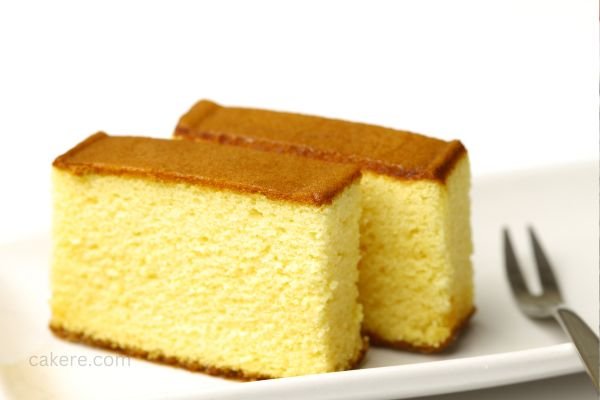Castella cake, also known as “Kasutera” in Japan, is a delectable dessert that has gained popularity not only in its country of origin but also worldwide. It is a traditional Japanese sponge cake known for its distinct flavor and soft, airy texture. With its roots dating back to the 16th century, Castella cake has a rich history that adds to its appeal.

The Origin and History of Castella Cake
The origins of Castella cake can be traced back to Portugal, where it was first introduced by Portuguese merchants in the port city of Nagasaki, Japan, during the 16th century.
The cake was a delicacy reserved for the elites due to its exotic ingredients and refined baking techniques.
Over time, the recipe evolved, incorporating local Japanese ingredients and culinary methods, making it a beloved confection for people of all social classes.
Ingredients Used in Castella Cake
The key to Castella cake’s unique taste lies in its simple yet essential ingredients. Eggs play a vital role in the recipe, providing the cake’s signature spongy texture.
High-quality eggs are crucial for achieving the desired fluffiness and moisture. Other essential components include flour, sugar, and honey, which impart the cake’s delicate sweetness and distinct aroma.
Baking and Cooking Process
The process of making Castella cake is meticulous and requires precision. Traditionally, it involves the separation of egg yolks and whites, which are then whipped separately to create a fluffy, airy batter.
The two components are gently folded together to maintain the cake’s lightness.
Modern variations of Castella cake have emerged, offering different flavors and textures. Some recipes incorporate ingredients like matcha, chocolate, or citrus fruits to add a unique twist to the traditional recipe.
Texture and Appearance
Castella cake boasts a delightful combination of a soft, tender crumb and a golden-brown crust.
The cake’s fluffy interior is achieved by the incorporation of whipped egg whites, resulting in a melt-in-your-mouth experience with every bite.
Flavor Profile
The taste of Castella cake is characterized by its subtle sweetness.
The use of honey and sugar lends a delicate flavor that is not overly sugary, making it appealing to those who prefer desserts with a milder taste.
The honey also adds a pleasant, aromatic touch to the cake’s overall profile.
Serving and Pairing Suggestions
Castella cake is a versatile treat that can be enjoyed on its own or paired with various accompaniments.
Slicing the cake and serving it with fresh fruits, such as strawberries or peaches, complements its flavor excellently.
Additionally, a dollop of whipped cream or a scoop of ice cream can elevate the dessert to new heights.
When it comes to beverages, a cup of green tea or a smooth, aromatic coffee blend enhances the cake’s delicate taste, making for a delightful afternoon treat.
Castella Cake Around the World
While Castella cake originated in Japan, its popularity has spread to different parts of the world, leading to various regional adaptations.
In Taiwan, the cake is known as “Honey Cake” and is cherished for its honey-infused flavor. Similarly, in South Korea, it is called “Kasutera” and is a sought-after gift during special occasions.
FAQs
Yes, you can substitute honey with other liquid sweeteners like maple syrup or agave nectar. However, keep in mind that this may alter the cake’s flavor profile slightly.
Traditionally, Castella cake contains flour, which means it is not gluten-free. However, there are gluten-free variations available that use alternative flours.
Absolutely! To preserve its freshness, wrap the cake in plastic wrap or store it in an airtight container. Consume it within a few days for the best taste.
The cake’s popularity in Asian countries can be attributed to its historical significance and cultural influence from Japan, where it has been cherished for centuries.
Conclusion
Castella cake, with its rich history, unique flavor profile, and delightful texture, is a dessert that continues to captivate dessert enthusiasts worldwide.
Its simplicity in ingredients and the care put into its preparation result in a delightful treat that is both satisfying and unforgettable.
